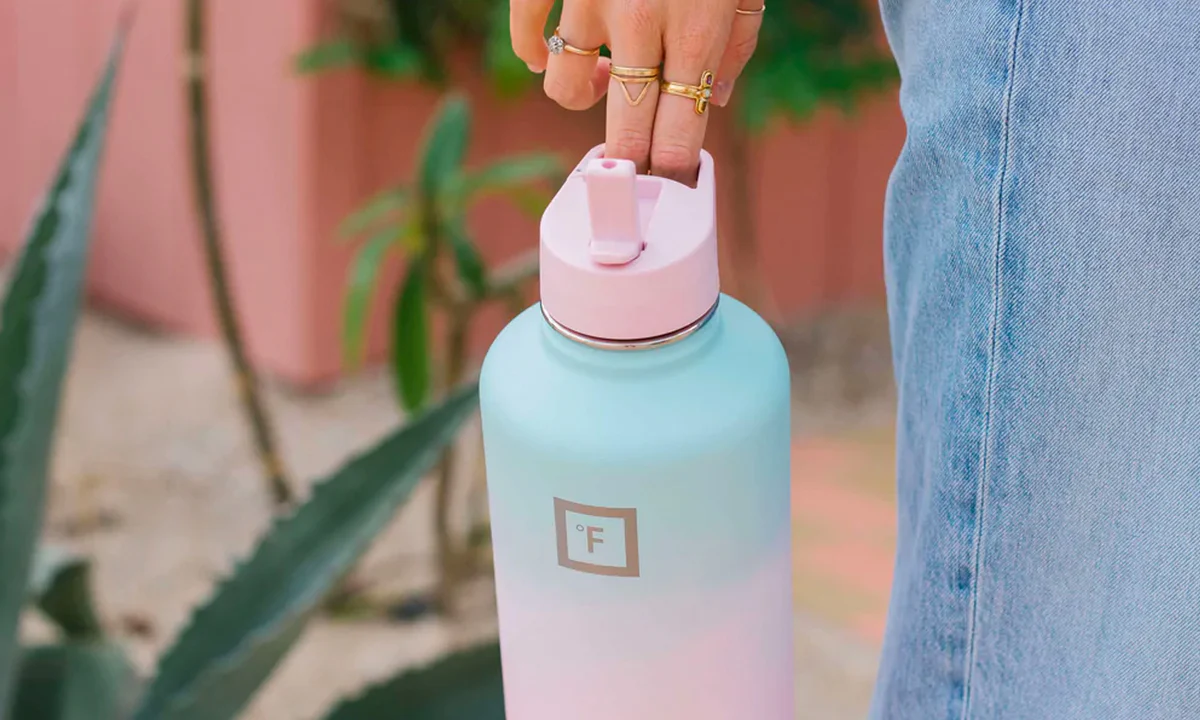Introduction
Measurement conversions are fundamental in our daily lives, allowing us to compare and quantify various quantities accurately. Among the commonly used units of volume are gallons and ounces. Gallons and ounces are widely employed in the United States and some other countries for measuring liquids, such as water, milk, and gasoline. In this article, we will delve into the relationship between gallons and ounces, the conversion factor between the two units, and practical applications in everyday scenarios. Understanding these conversions will empower you with the ability to convert fluid volumes efficiently and make sense of the quantities you encounter daily.
Section 1: The Basics of Gallons and Ounces
To comprehend the conversion between gallons and ounces, it is essential to understand what each unit represents. A gallon is a larger unit of volume, primarily used for measuring liquid quantities. In the United States, there are two main types of gallons: the US liquid gallon, which is equivalent to approximately 3.785 liters, and the US dry gallon, equal to approximately 4.405 liters. For the sake of simplicity, we will focus on the US liquid gallon in this article.
On the other hand, an ounce is a smaller unit of volume that is also used to measure liquids. There are two types of ounces: the fluid ounce (fl oz) and the ounce (oz) used for measuring weight. In this context, we will focus on the fluid ounce, which is equal to approximately 29.5735 milliliters.
Section 2: Gallon to Ounce Conversion
Now that we have established the basic definitions of gallons and ounces, let’s explore the conversion between the two units. The conversion factor for gallons to fluid ounces is 128. This means that one gallon is equivalent to 128 fluid ounces. Mathematically, we can represent the conversion as follows:
1 gallon = 128 fluid ounces
Understanding this conversion factor is crucial when working with larger volumes that need to be expressed in smaller, more manageable quantities. For instance, if you have 3 gallons of water, you can determine the equivalent volume in fluid ounces by multiplying 3 by 128, resulting in 384 fluid ounces.
Section 3: Practical Applications
Knowing how to convert between gallons and fluid ounces can be highly advantageous in various real-life scenarios. Let’s explore some practical applications:
Cooking and Baking: Many recipes call for specific measurements in gallons or fluid ounces. Being able to convert between the two units will help you accurately follow the recipe, ensuring the best results for your culinary creations.
Beverage Servings: At parties or events, beverages like punch, lemonade, or alcoholic drinks are often prepared in large quantities. Understanding the gallon-to-fluid ounce conversion enables you to estimate the number of servings accurately and plan accordingly.
Fuel Efficiency: For drivers, knowing how to convert between gallons and fluid ounces is useful in tracking fuel consumption. By converting gallons to fluid ounces, you can calculate the number of ounces of fuel consumed per mile, which may help you optimize your vehicle’s efficiency.
Home Cleaning Products: Some household cleaning products are sold in gallons, while others come in fluid ounces. Being able to convert between the two units helps you compare prices and determine the most cost-effective option.
Gardening and Irrigation: Gardeners and landscapers often use gallons to measure the amount of water required for plants and lawns. However, some irrigation systems might use fluid ounces to determine precise water distribution. Conversion between these units ensures accurate watering and avoids over or under-watering.
Section 4: Common Mistakes and Tips
Converting between gallons and fluid ounces can be simple but also prone to errors. Here are some common mistakes and tips to avoid them:
Incorrect Conversion Factor: Always remember that the conversion factor is 128 fluid ounces per gallon. Using a different factor will lead to inaccurate results.
Check Your Units: Double-check whether the units provided in the problem or recipe are in gallons or fluid ounces to ensure accurate conversion.
Use Approximations: For quick estimates, round the conversion factor to 125 or 130 fluid ounces per gallon. This may not be precise but can be helpful in everyday situations.
Conclusion
Understanding the relationship between gallons and fluid ounces is valuable in various aspects of daily life. From cooking and baking to fuel efficiency and gardening, this knowledge empowers us to make informed decisions and perform accurate measurements. The conversion between gallons and fluid ounces is straightforward, but it opens up a world of possibilities in managing liquid volumes efficiently. Embrace this knowledge, and you’ll find yourself navigating the liquid world with ease and confidence.









